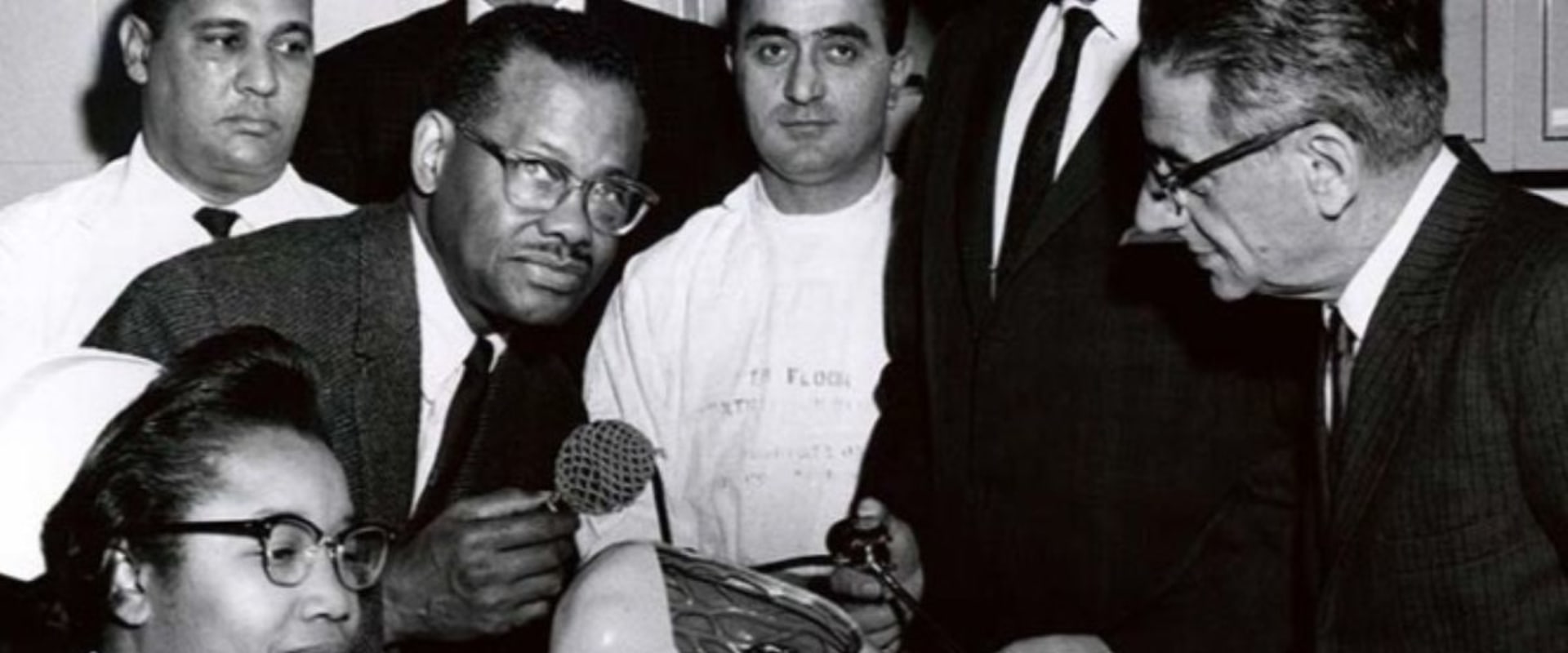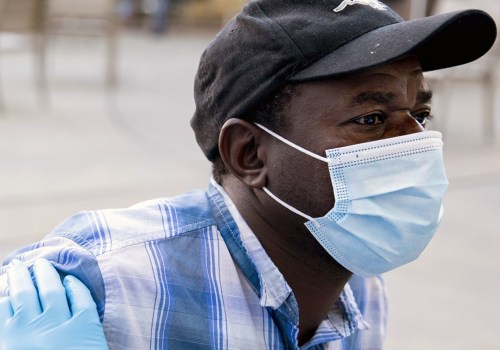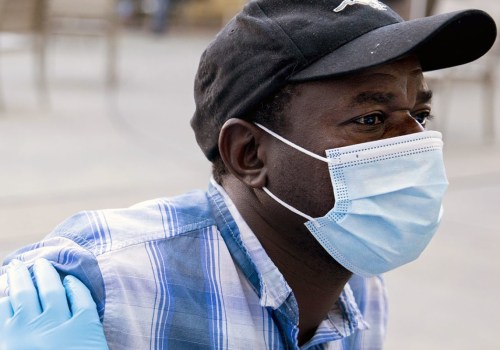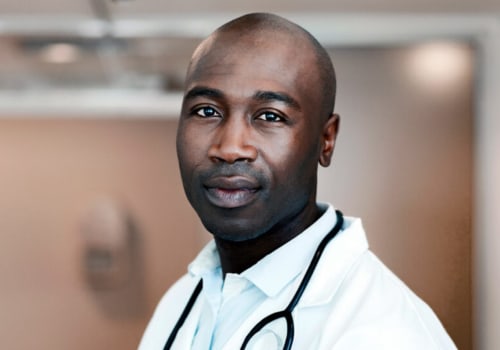James McCune Smith; Leonidas Harris Berry, Maryland (1902) 199.Leonidas Berry; Charles Richard Drew, MD. In 1864, after years as a nurse, Rebecca Lee Crumpler became the first black woman in the United States to receive a medical doctor's degree. She earned that distinction at the New England Female Medical College in Boston, Massachusetts, where she was also the institution's only black graduate. After the Civil War, Crumpler moved to Richmond, Virginia, where he worked with other black doctors who were caring for formerly enslaved people in the Office of Freedmen.
While facing sexism and other forms of harassment, Crumpler finally found the transformative experience. I returned to my old home, Boston, where I entered work with renewed vigor, practicing outside, and receiving children in the house for treatment; regardless, in one measure, of remuneration, he wrote. Known as the “father of blood banks,” Charles Richard Drew, MD, pioneered blood preservation techniques that led to thousands of life-saving blood donations. Drew's doctoral research explored best practices for banking and transfusions, and his knowledge helped him establish the first large-scale blood banks.
Drew directed the Blood for Britain project, which sent much-needed plasma to England during World War II. Drew led the first Blood Bank of the United States Red Cross and created mobile blood donation stations that are now known as blood mobiles. But Drew's work was not without struggle. He protested the American Red Cross policy of segregating blood by race and eventually resigned from the organization.
Despite his fame for preserving blood, Drew's true passion was surgery. He was named president of the department of surgery and chief of surgery at Freedmen's Hospital (now known as Howard University Hospital) in Washington, D. During his time there, he did his best to support African American youth pursuing careers in the discipline. Louis Wade Sullivan, MD, grew up in the racially segregated rural South in the 1930s.
There, he was inspired by his doctor, Joseph Griffin. Griffin was really doing something important and was highly respected in the community. In a foundational experience while working as an intern at Philadelphia General Hospital in 19ilyn Hughes Gaston, MD, admitted a baby with a swollen and infected hand. The baby was suffering from sickle cell disease, which had not occurred to Gaston until her supervisor suggested the possibility.
Gaston quickly committed to learning more about it, and eventually became a leading researcher on the disease, which affects millions of people around the world. Became Deputy Head of the Sickle Cell Disease Branch at the National Institutes of Health, and her groundbreaking 1986 study led to a national screening program for sickle cell disease for newborns. His research showed both the benefits of screening for sickle cell disease at birth and the effectiveness of penicillin in preventing infection with sepsis, which can be fatal in children with the disease. Dr.
Alexa Irene Canady, nearly dropped out of college due to a crisis of self-confidence, but ultimately achieved dramatic success in medicine. In 1981, she became the first black neurosurgeon in the United States, and just a few years later, she rose to the ranks of head of neurosurgery at Michigan Children's Hospital. In 1864, after years as a nurse, Rebecca Lee Crumpler became the first black woman in the U.S. UU.
She earned that merit at the New England Female Medical College in Boston, Massachusetts, where she was also the school's first black graduate. It focused mainly on the care of women and children. Crumpler moved to Richmond, Virginia, where he worked in the Office of Freedmen to provide medical care for freed slaves. Rebecca Lee Crumpler Photos Don't Survive According to National Library of Medicine.
In 1883, he published A Book of Medical Speeches based on notes he took throughout his career. Your book has been reprinted several times. The only black woman in her graduating class, Helen Dickens earned her medical degree in 1934 from the University of Illinois at Chicago. He finished his internship at Provident Hospital in Chicago.
Dickens was the first black woman to receive board certification in obstetrics and gynaecology. Five years later, she became the first black woman admitted as a fellow of the American College of Surgeons. James McCune Smith (1811-186 Dr. James Francis Shober (1853-188 Dr).
Rebecca Lee Crumpler (1831-1895?) Dr. Watts spent more than 50 years advocating for civil and human rights and quality of health care for all Durham residents, especially the poor and underserved. He broke racial barriers when he lobbied for certification of black medical students. He completed his surgical training at Freedman's Hospital in Washington, DC, under the tutelage of Dr.
Karen Lynn Drake First black astronaut in NASA history (August 199.At Cornell University in 1981, Dr. Jemison continued to research several vaccines together with the Center for Disease Control (CDC). She continued, and literally elevated, her medical research on the Endeavour shuttle by conducting experiments in materials processing and life sciences in space. Alexa Irene Canady, first African-American neurosurgeon James Durham, first African-American doctor.
Gaston was the first black doctor appointed director of the HHS Office of Primary Health Care in 1990, where she focused on improving access to health care for marginalized and minority communities. Dickens was the first black woman to receive board certification in obstetrics and gynecology in Philadelphia. For 15 years, she served as president of the Congressional Health Braintrust Black Caucus, an advocacy group that leads efforts to monitor and defend minority health issues on national and international platforms. Bath, the first African-American to complete an ophthalmology residency, noted that rates of blindness and visual impairment were much higher at the Harlem Hospital eye clinic, which serves many black patients, than at the Columbia University eye clinic, which serves mainly white people.
In the 1950s, Berry chaired a Chicago commission that worked to make hospitals more inclusive for black doctors and to increase facilities in underserved areas of the city. In March, famous singer-songwriter Patti LaBelle received her second dose with the BDCC in North Philadelphia. Provident Hospital Provided Training to African-American Interns and Established America's First School for Black Nurses. To date, the organization has vaccinated more than 43,000 people, 86 percent of whom come from communities of color and, within them, 78 percent of those vaccinated are African American.
He later became the first African-American to serve as a member of the board of directors of the American Medical Association and the first black president of the board. He often had to miss school for months in the fall when it was harvest time, but he still excelled academically, getting a scholarship to attend Philander Smith College of all-black liberal arts in Little Rock, where he changed his name to Jocelyn. Anderson, professor of surgery and senior advisor to the dean of the Michigan State University School of Osteopathic Medicine in East Lansing, became the first black president of the American Osteopathic Association in 1994.These structural inequalities include economic, infrastructure and social barriers that prevent Black communities from accessing health care and, more recently, vaccines. Berry was the first black doctor on staff at Michael Reese Hospital in Chicago, Illinois, in 1946, but he had to fight for an assistant position there for years.
Stanford had a purpose by the name of the Black Doctors Covid-19 Consortium and to have black doctors, like her, at the forefront of these efforts. According to CDC data, as of this week, black patients account for approximately 11 percent and 14 percent of Covid cases and deaths, respectively, nationwide, while accounting for about 13 percent of the population. Racial exclusivity and segregation laws of the early 20th century made membership of black physicians in other professional organizations in the United States, such as the American Medical Association, virtually impossible. .
.




